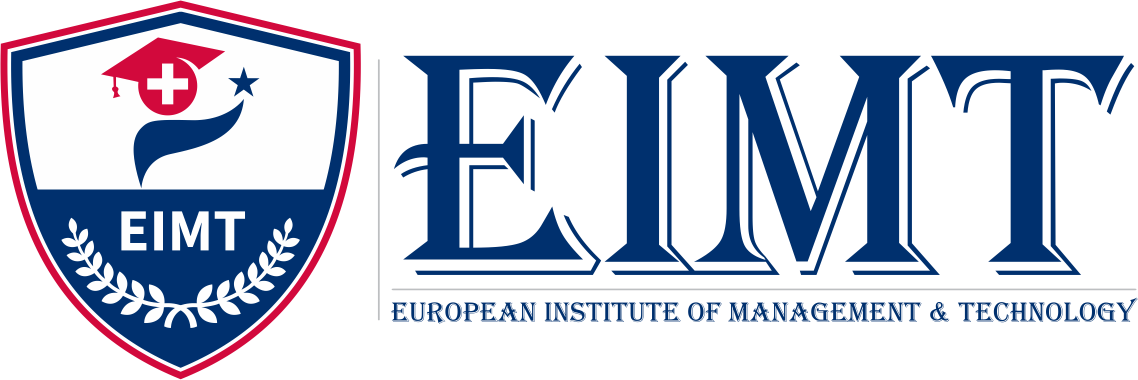| Points |
Definition |
| 6.0 – 5.75 |
Excellent (ausgezeichnet) |
| 5.5 – 5.25 |
Very Good (sehr gut) |
| 5.0 – 4.75 |
Good (gut) |
| 4.5 – 4.25 |
Satisfactory (befriedigend) |
| 4.0 |
Pass (genügend) |
| 3.5 |
Fail (ungenügend) |
| 3.0 |
Poor (schlecht) |
| 2.5 |
Very Poor (schlecht bis sehr schlecht) |
| 2.0 |
Extremely Poor (sehr schlecht) |
| 1.0 |
Not Measurable (nicht messbar) |
